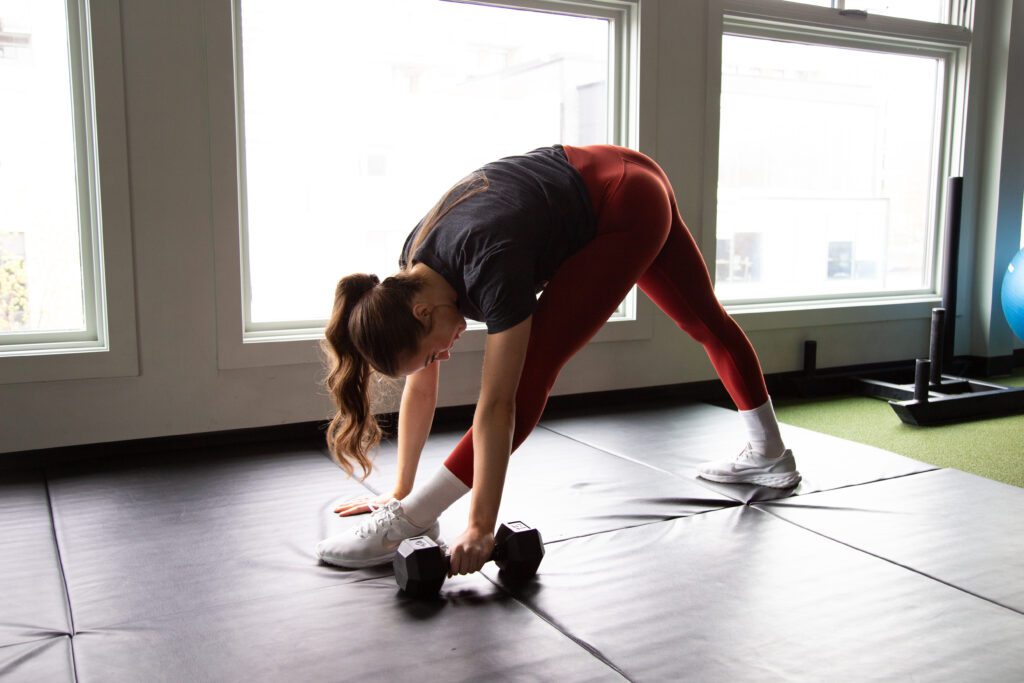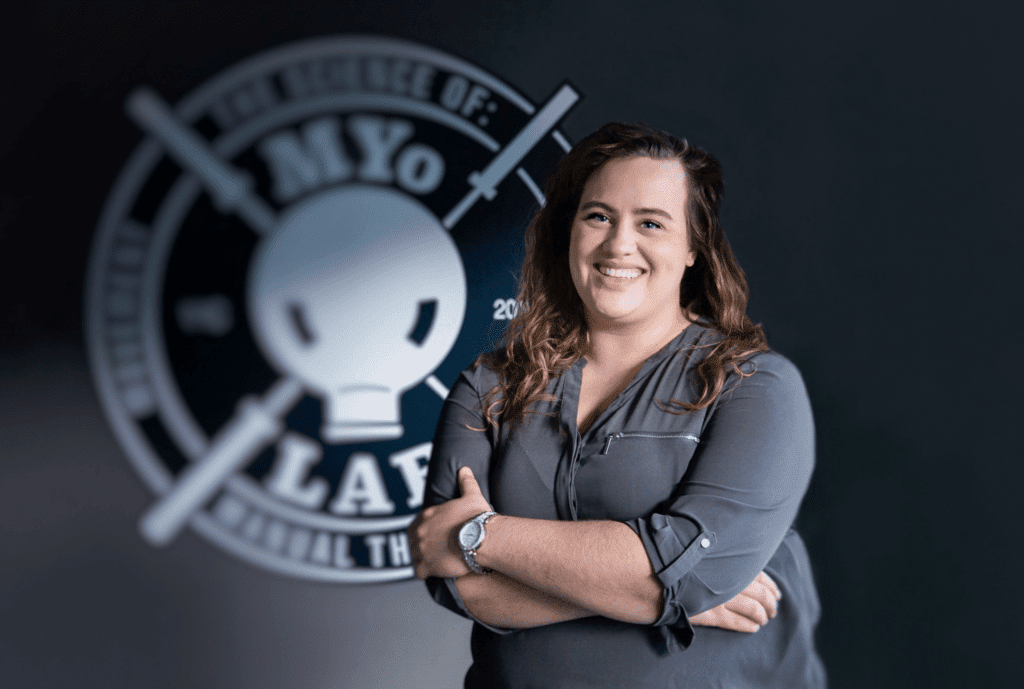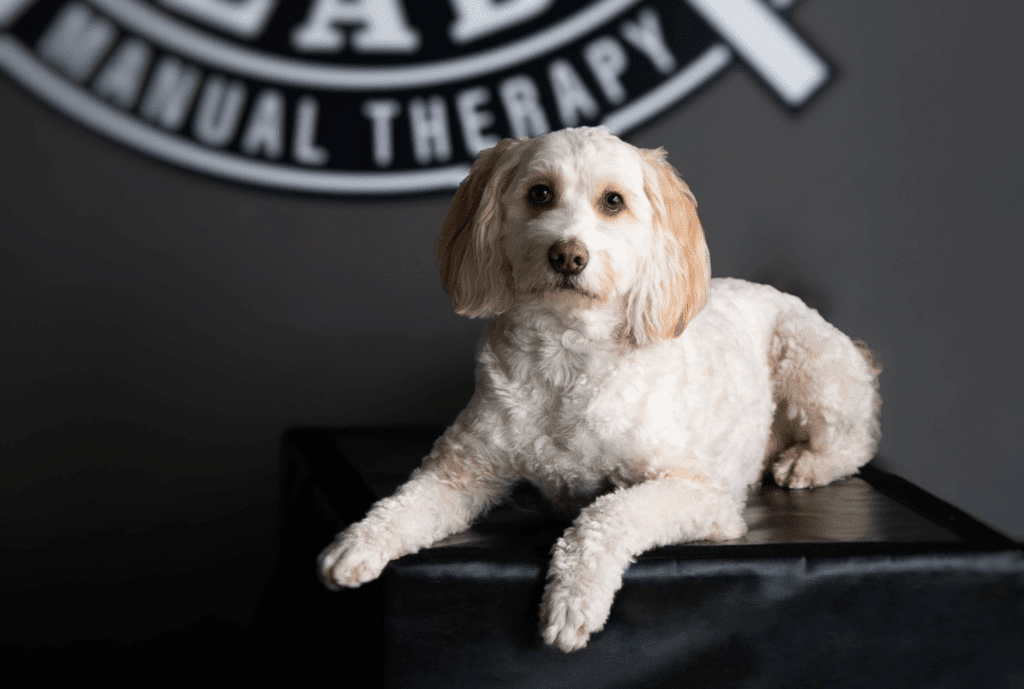Causes of Mobility Issues
Mobility issues can be attributed to a variety of causes, including chronic health conditions, injuries, age-related factors, and congenital disorders. Here are some key causes:
- Lack of physical exercise
- Change in gait (how we walk)
- Obesity
- Arthritis and Osteoarthritis
- Injuries
- Poor strength or weakness in the joints (legs, knees, or ankles)
- Tissue extensibility deficiencies (tight muscles)
- Joint or muscle pain that affects walking
- Difficulties in balance or coordination
- Breathing issues
- Spine misalignment
Symptoms of Mobility Issues
Symptoms of mobility issues can vary widely depending on the underlying cause, severity, and individual differences. Here are some common symptoms associated with mobility impairments:
- Pain and discomfort in joints
- Muscle weakness
- Balance and coordination issues
- Limited range of motion
- Fatigue
- Joint swelling and inflammation
- Limping
Improving Mobility With Chiropractic Care
Chiropractors address mobility issues through a variety of techniques and therapies aimed at first assessing the real cause of the issue, alleviating pain, improving joint function/rigidity, and ultimately improving the range of motion.
Here’s an overview of how our Chiropractors manage and treat mobility issues:
- Targeted Spinal Manipulation: We perform precise spinal adjustments to correct misalignments (subluxations) in the spine. This helps reduce pressure on nerves and improve joint mobility.
- Soft Tissue Therapies: These massage therapies focus on relaxing tight muscles and relieving tension in the soft tissues surrounding joints.
- Spinal Decompression: This therapy involves stretching the spine using a traction table or similar device to relieve pressure on spinal discs and nerves and promote the movement of oxygen and nutrient-rich fluids into the discs to speed up healing.
- Rehabilitative Exercises: We prescribe specific exercises and stretches tailored to your condition. These exercises help strengthen the muscles supporting the spine, improve flexibility, and increase range of motion. They also prevent future injuries by enhancing overall stability and balance.
- Correcting Postural Imbalances: We assess and provide guidance on proper posture and ergonomics to reduce strain on your body.
- Comprehensive Musculoskeletal Care: It’s about taking a holistic approach to treat the entire musculoskeletal system. That means addressing muscle imbalances, trigger points, soft tissue restrictions, and joint dysfunction.
By combining these techniques, Chiropractors effectively manage and alleviate mobility issues, helping you achieve better movement, reduced pain, and an improved quality of life.




